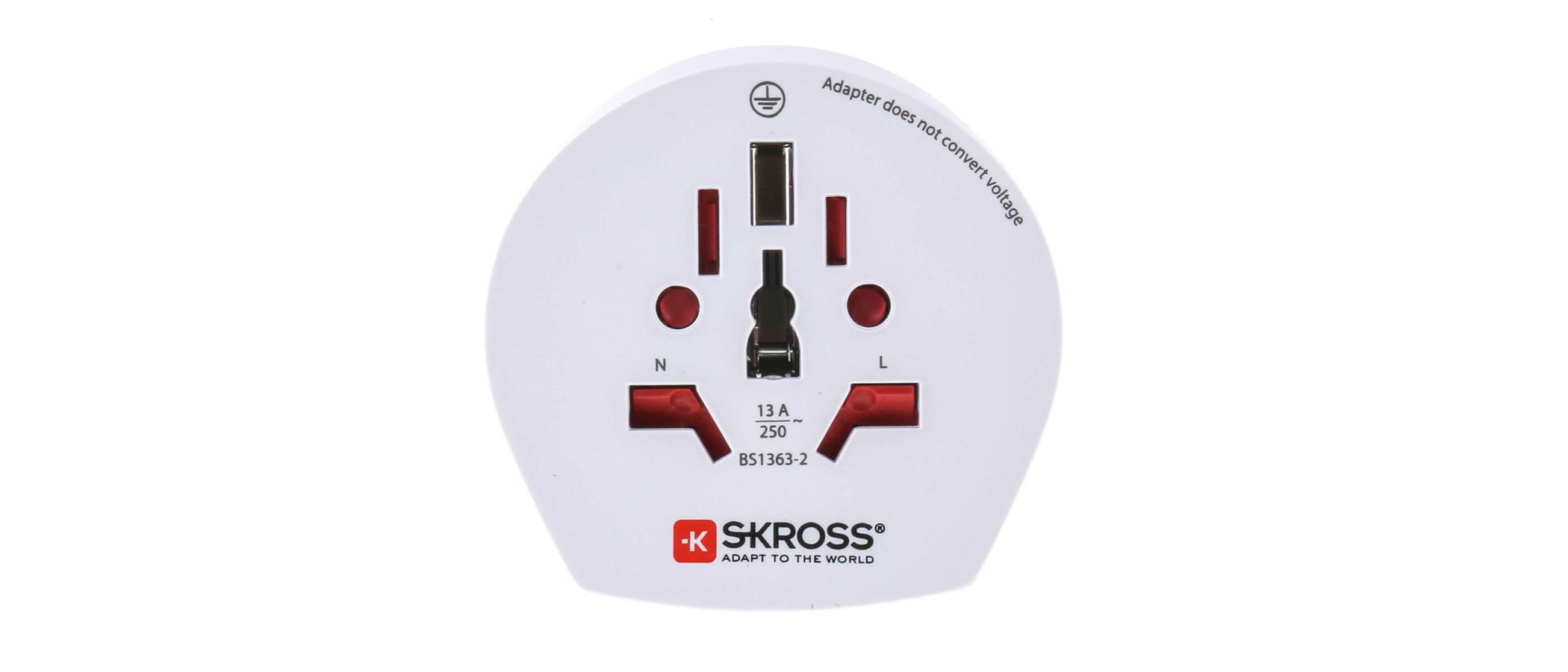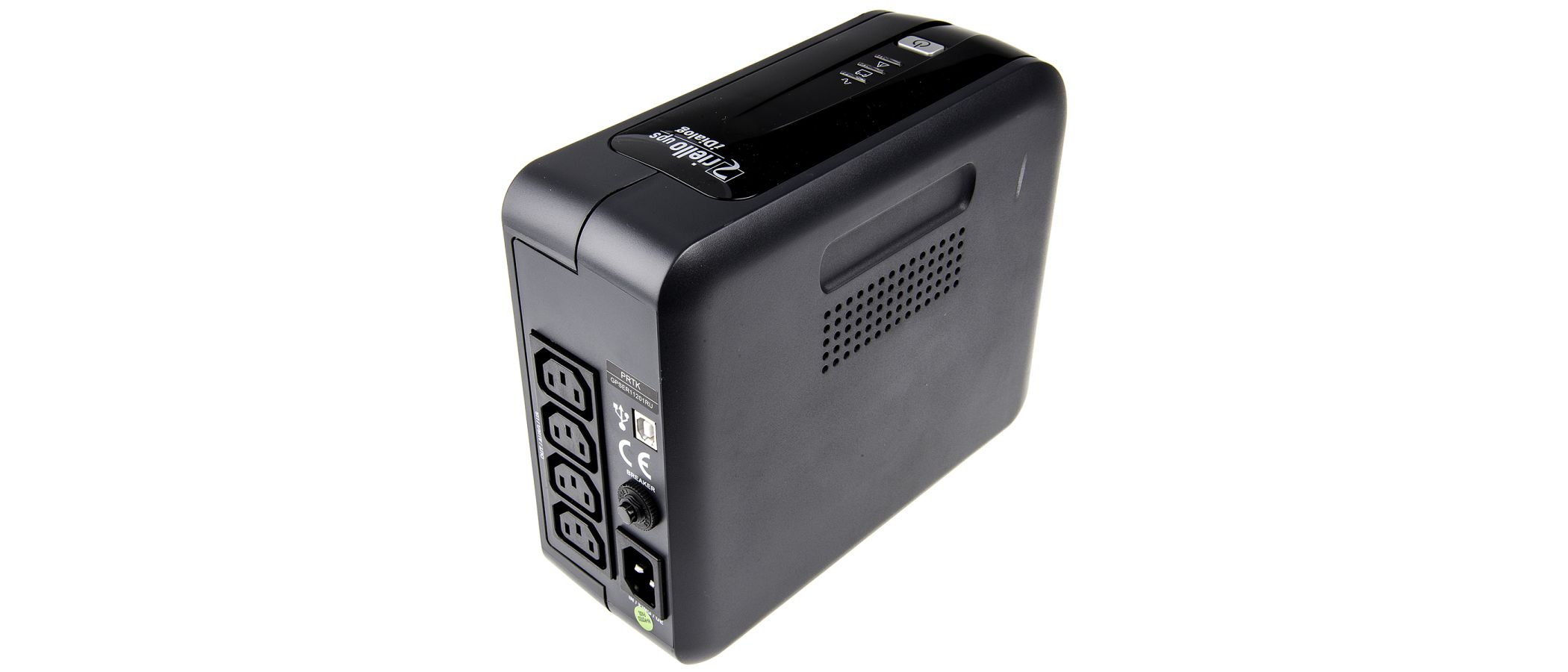A Complete Guide to AC/DC Adapters
Read our AC/DC adapters guide to learn how they work and understand the adapter types, voltages, brands, and FAQs.

Reviewed by Mithun Subbaroybhat, Technical Support Engineer (December 2021)
What is an AC/DC Adapter?
AC/DC adapters are commonly used external power supply units for electrical equipment which cannot directly draw power from the mains network. They convert alternating current (AC) into the required direct current (DC).
Typically, such devices do not have space within their casing for the bulky components required for this conversion. Swappable external power supply units also provide more flexibility.
Phone and laptop chargers are perhaps the most familiar form of AC/DC adapter. However, they also have a variety of uses in industrial settings - for example, they are used with motors and automation equipment.
AC/DC adapters have many alternative names, including:
-
AC DC adapters
-
AC/DC converters
-
AC chargers
-
DC adapters
-
AC adapters
-
AC adapter plugs
-
Battery chargers
-
Switching adapters
-
Plug-in power supplies
-
Power adapters
How Do AC/DC Adapters Work?
So, what is AC power and how is it different from DC power? AC and DC are electrical formats. Alternating current repeatedly changes direction, alternating between the positive and negative poles within a circuit. This is the format used to deliver mains electricity. By contrast, direct current does not change direction. DC is used to transmit electricity along electrical pylons, and it also powers telecommunications equipment, vehicle batteries, and electrical devices with rechargeable batteries.
AC adapters typically feature a boxy central unit containing power-switching circuitry. This draws AC power from the mains and converts it into DC at the voltage required by the device. A power cord then feeds this power from the adapter to the device to charge its battery or allow it to run.
Like most electrical devices, AC adapters are built for compatibility with different levels of power, typically expressed in Volts. They also feature a variety of plugs for use with different socket designs. The UK standard power plug is different from that used in Europe, for example, and different again from the standard US plug.
Most AC/DC adapters are not universal and can only be used to power compatible devices. However, some models are designed to work as replacement chargers for a wide range of devices. These universal power supply adapters are compatible with multiple voltages within a range - for example, 100-240 Volts - and some even feature plugs of different sizes. The latter is also known as star connectors or X connectors.
AC/DC Adapter Types
AC/DC adapters are built to perform the same straightforward task - powering direct current technology within an alternating current environment. However, a variety of configurations and specifications are available. Look out for differing:
-
Amperage levels
-
Input and output voltages
-
Plug types (both input and output connectors)
-
Power ratings
-
Approvals such as Medical/UL, for example
-
Surge/ESD protection
Other variations include:
Wall Mount vs Desk Mount
Wall mount adapters are plugged directly into a wall socket and then connected to the recipient device via a cable. By contrast, desk mount adapters lie between the mains plug and the device, with cables leading to both. These are commonly used with printers and similar devices not designed for portability.
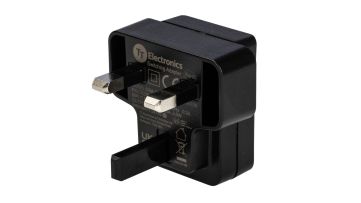
Protection Against Overvoltage and Overcurrent
Surges in voltage and current can damage equipment and cause fires. Circuitry designed to shut down in response to power surges helps to minimise this risk.
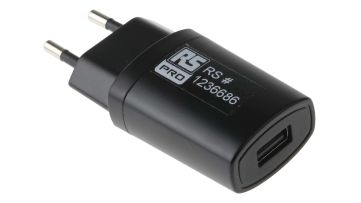
Short Circuit Protection
These occur when the electrical resistance in part of a circuit drops due to misconfiguration and damage, diverting the current from its intended path. This usually results in damage or equipment failure. Short circuit protection may include hardwired current limits or resets automatically triggered in response to heat.
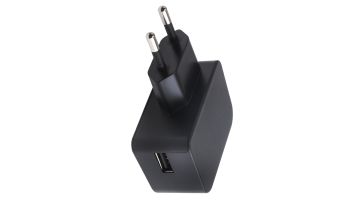
AC/DC Adapter Plug Types
AC/DC adapters have become international products in the wake of the globalisation of consumer technology. However, wall socket designs differ across countries - compare the characteristic three conducting pins of British plugs with the two-blade (flat pin) arrangement used in the United States.
Australian plugs feature three blades while European ones have two cylindrical pins. Meanwhile, Japanese plugs differ again, favouring dual blades with circular indentations.
AC/DC adapter plugs must reflect these international variations. Manufacturers approach this issue in one of two ways:
-
By producing differing regional models with fully integrated plugs
-
By supplying a set of interchangeable charger plates featuring regional plug designs in the box. Buyers attach the correct plate for their country. This is a cost-effective approach as global plugs cater to a much wider market
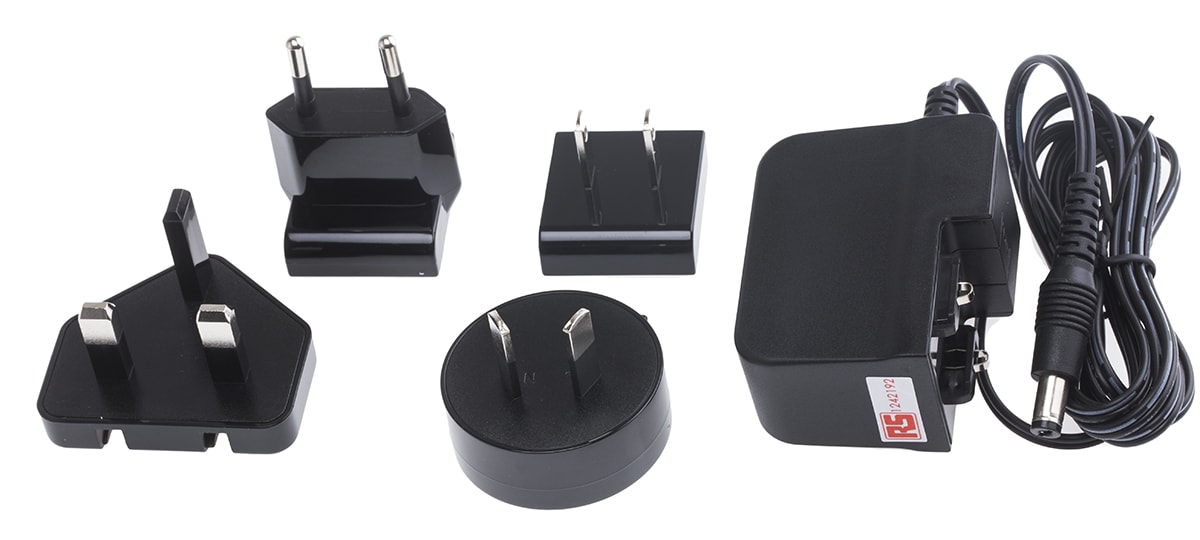
AC vs DC Adapter
What is the difference between AC and DC adapters? The two terms are normally used interchangeably, but AC adapter emphasises the use of mains power while DC adapter puts the focus on the converted charge used to power the device.
AC adapter is sometimes used to refer to electrical transformers which produce AC at a different voltage to the input, but these models are now uncommon.
Input and Output Voltages
The input voltage of an AC/DC adapter indicates the level of power supplied to the adapter by the mains. This is standardised and varies across different regions. In the UK and the EU, 230V is the standard - much higher than in the US, where the standard is 120V. An adapter with a quoted input level of 100-240V will be compatible with both standards. You may also see the Hertz (Hz) frequency rating of the input voltage listed - i.e. the number of times per second the current changes direction. For example, 240V 50Hz refers to an input voltage of 240V alternating at 50 cycles per second.
The output voltage is the lower level of charge then passed through to the device by the plug-in power supply adapter following conversion to direct current (DC). Widely deployed output voltages include:
-
5V
-
9V
-
12V
-
15V
-
24V
-
48V (in some industrial applications)
Typically, the output voltage of an AC/DC adapter will be quoted alongside its rated amperage - for example, 12V 2A.
AC/DC Adapter Brands
RS Pro
With a wide range of products available, shop AC/DC adapters from RS Pro, our own in-house brand.
Mascot
Leading brand Mascot offers a wide range of top-quality AC/DC adapters. Shop the full line with RS Components.
Mean Well
Click to browse the full range of Mean Well AC/DC adapters. With a range of plug types, voltages, and features, there’s plenty of choice.
XP Power
Explore the full range of XP Power AC/DC adapters and shop online with RS Components to get the products you need, when you need them.
FAQs
Is an AC Adapter a Charger?
In many instances, yes. The central function of AC adapters is the conversion of mains current from AC to DC for electronic devices with a rechargeable battery.
Can I Use a Power Supply Unit with Lower Amps?
The quantity of electricity present in a current is measured in amperes, or amps (A), while the number of amps used at any one time is called the amperage. The device to which your adapter is attached will pull in varying amounts of power in response to your activities. The strength of a current is measured in Volts.
When using an AC/DC adapter or charger, choose one that can supply at least the amount required by the device. For example, if the device needs 4.5A to operate, a 6A charger will supply this comfortably, running cool and charging efficiently. However, an adapter designed for only 4A may overheat and become unsafe if exposed to a 4.5A charge.
How to Check the Polarity of an AC Adapter
Polarity is the direction the current flows. Typically, the flow goes from the positive to the negative pole. When selecting an adapter, ensure it is compatible with the device. Polarity is an important factor to consider. If the adapter has a negative plug, this should not be attached to a positive port to prevent damage.
The polarity of an AC adapter will be indicated on the casing. You may also see this diagram.The plus or minus symbol on the right indicates the polarity of the adapter.
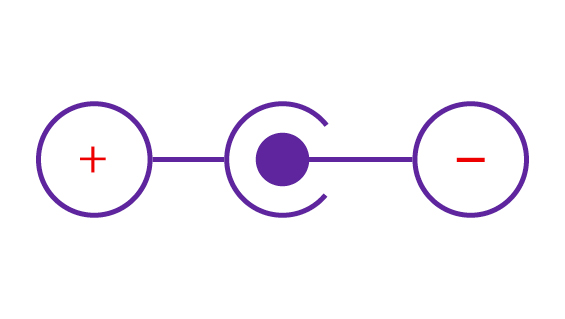
What is a 12V DC Power Supply?
A 12V DC power supply is an adapter designed to supply precisely 12 Volts of direct current to a device. The voltage supplied must precisely match the requirements of the equipment.
Can I Use a 5V 2A Charger with a 5V 1A Device?
Yes. AC adapters are downwards compatible concerning amperage. A 5-Volt 2-amp charge will run smoothly with a 5-Volt 1-amp device.
Is an AC Adapter the Same as a DC Adapter?
These two terms are often used synonymously, but strictly speaking, they refer to two distinct devices. An AC adapter converts alternating current from one voltage to another, while a DC adapter converts alternating current into direct current. Since the latter is more widely used, the term AC adapter is often used to refer to DC adapters.
